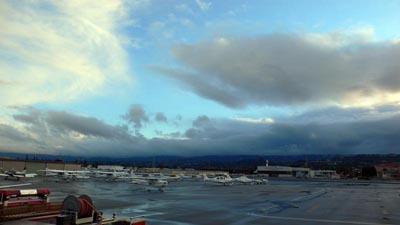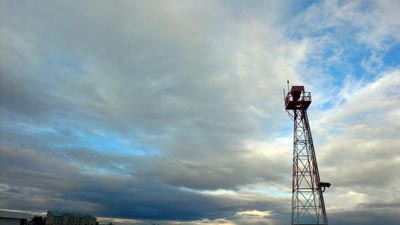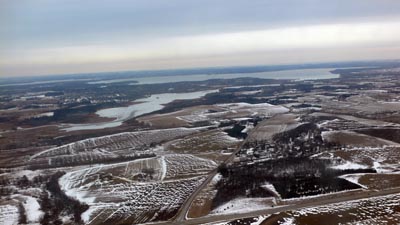Warren Buffett [pdf]:
Our gain in net worth during 2006 was $16.9 billion, which increased the per-share book value of both our Class A and Class B stock by 18.4%. Over the last 42 years (that is, since present management took over) book value has grown from $19 to $70,281, a rate of 21.4% compounded annually.*
We believe that $16.9 billion is a record for a one-year gain in net worth – more than has ever been booked by any American business, leaving aside boosts that have occurred because of mergers (e.g., AOL’s purchase of Time Warner). Of course, Exxon Mobil and other companies earn far more than Berkshire, but their earnings largely go to dividends and/or repurchases, rather than to building net worth.
All that said, a confession about our 2006 gain is in order. Our most important business, insurance, benefited from a large dose of luck: Mother Nature, bless her heart, went on vacation. After hammering us with hurricanes in 2004 and 2005 – storms that caused us to lose a bundle on super-cat insurance – she just vanished. Last year, the red ink from this activity turned black – very black.
In addition, the great majority of our 73 businesses did outstandingly well in 2006. Let me focus for a moment on one of our largest operations, GEICO. What management accomplished there was simply extraordinary.









